Evening Kindle-ites!
So, I had every intention of posting another “childrens book” review today, but after a trip to the bookstore I changed my mind. “Why?” you ask. Good question. While waiting in line to purchase MY books I happened to overhear a conversation between another customer and the sales clerk.
Lady: “Ok, I’m trying to purchase the whole Narnia series for my kid, but I don’t know what the first one is. Can you help?”
Clerk: “Um….” *looks around dumbfounded* “The Lighting Thief?”
Me: *gives clerk horrified look.*
Clerk: *looks around in a panic…pretends to type on computer.*
Lady: “No, I’m pretty sure that’s not C.S. Lewis.”
Me: *sighs* “Ma’am, the book you’re looking for is “The Magician’s Nephew” He actually wrote it AFTER “Wardrobe” but it’s a prequel.”
Lady: “Oh, do you work here?”
Me: “No, but *glares at clerk* I think people that work in a bookstore should at least know THAT answer. Hope your kid likes it.”
Clerk: *glares at me* “I knew that!”
Lady: “Sure you did.”
Anyways…this conversation got me thinking. Maybe I’m 1) being a tad judgmental when it comes to store clerks. 2) there are probably tons more parents in the world that don’t know the order of this wonderful series. So I’ve decided to take it upon myself to introduce you to them. But first… a little about the series.
The Chronicles of Narnia
The Chronicles of Narnia is a series of seven fantasy novels and is considered a classic of children’s literature. Written between 1949 and 1954 and illustrated by Pauline Baynes, the series is Lewis’s most popular work, having sold over 100 million copies in 41 languages. It has been adapted several times, complete or in part, for radio, television, stage and cinema.
The Books
The seven books that make up The Chronicles of Narnia are presented here in order of original publication date:
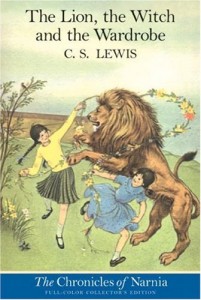
The Lion, the Witch and the Wardrobe (1950)The Lion, the Witch and the Wardrobe tells the story of four ordinary children: Peter, Susan, Edmund, and Lucy Pevensie, who have been evacuated to the English countryside from London in 1940 following the outbreak of World War II. They discover a wardrobe in Professor Digory Kirke‘s house that leads to the magical land of Narnia. The Pevensie children help Aslan, a talking lion, save Narnia from the evil White Witch, who has reigned over the land of Narnia for a century of perpetual winter. The children become kings and queens of this new-found land and establish the Golden Age of Narnia, leaving a legacy to be rediscovered in later books. |
|
|
|
|
|
|
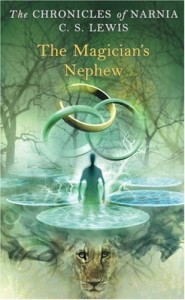
The Magician’s Nephew (1955)The prequel The Magician’s Nephew brings the reader back to the origins of Narnia where we learn how Aslan created the world and how evil first entered it. Digory Kirke and his friend Polly Plummer stumble into different worlds by experimenting with magic rings made by Digory’s uncle. They encounter Jadis (The White Witch) in the dying world of Charn, and witness the creation of Narnia. Many long-standing questions about the world are answered as a result. The story was set in 1900, when Digory was a 12-year-old boy. He is a middle-aged professor and host to the Pevensie chidren by the time of the Lion, the Witch and the Wardrobe 40 years later.
|
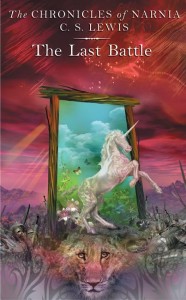
The Last Battle (1956)The Last Battle chronicles the end of the world of Narnia. Jill and Eustace return to save Narnia from Shift, an ape, who tricks Puzzle, a donkey, into impersonating the lion Aslan, precipitating a showdown between the Calormenes and King Tirian.
|


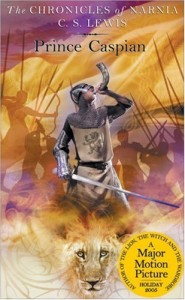
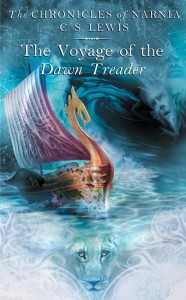
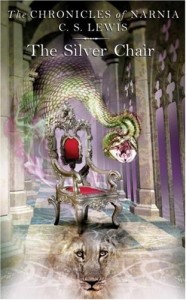 The Silver Chair (1953)
The Silver Chair (1953)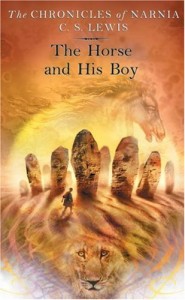 The Horse and His Boy (1954)
The Horse and His Boy (1954)



